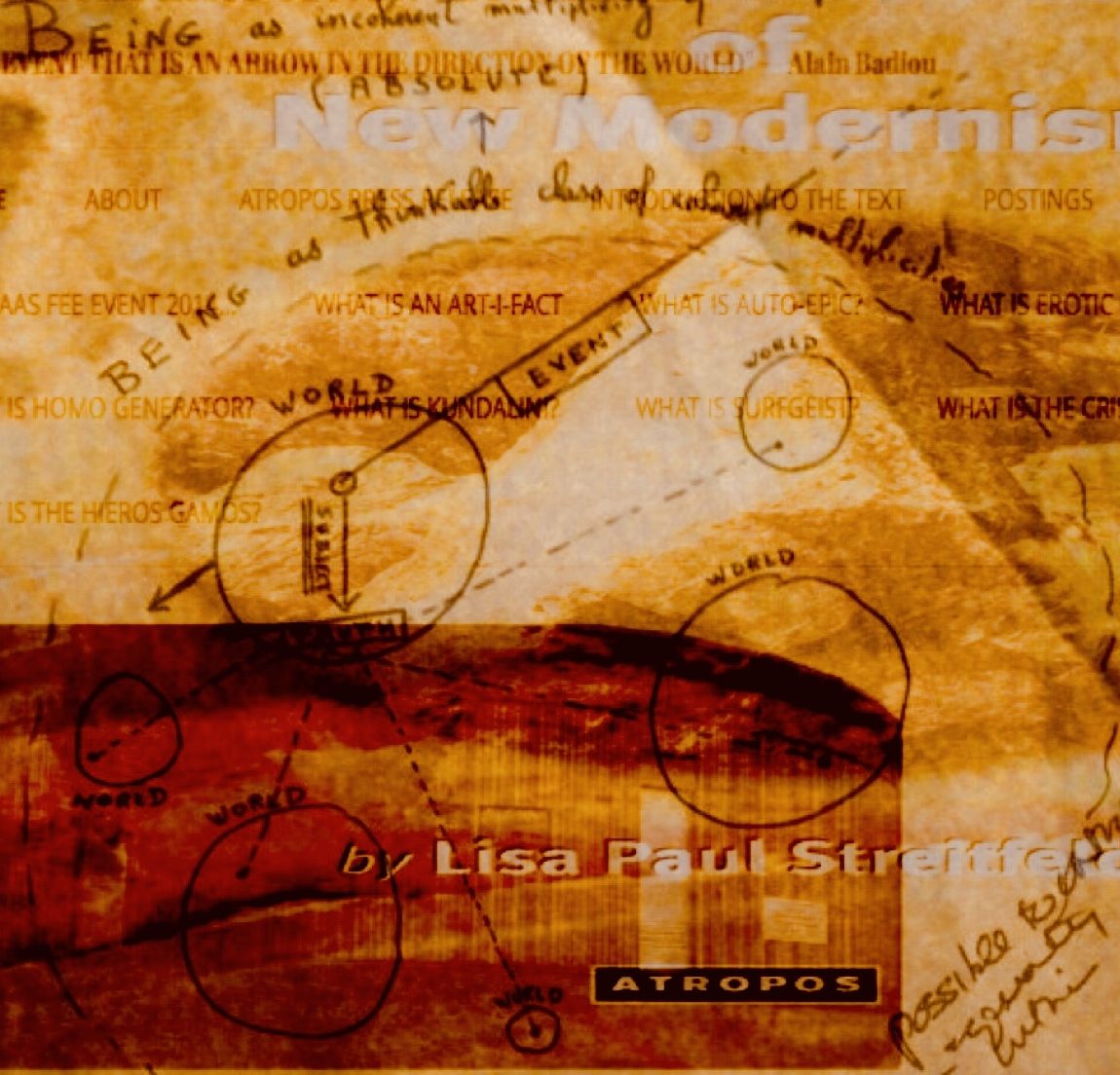Michel Foucault originated Depositif to “refer to the various institutional, physical, and administrative mechanisms and knowledge structures which enhance and maintain the exercise of power within the social body” (Wikipedia).
Dr. Streitfeld adapts the Foucault term from the German linguist Siegfried Jäger:
Interaction of discursive behavior (I.e. speech and thoughts) based upon a shared knowledge pool), non-discursive behavior (i. e. acts based upon knowledge), and manifestations of knowledge by means of acts or behaviors …. Dispositifs can thus be imagined as a kind of Gesamtkunstwerk, the complexly interwoven and integrated dispositifs add up in their entirety to a dispositif of all society.” (1)
The term was utilized in conjunction with GESAMTKUNSTWERK for The Beatles continually evolving mediology by means of the “Paul is Dead” Legend, transformed into mythology by way of Dr. Streitfeld’s investigation for UNREAL.
A core text in the European Graduate School Media Lab was Giorgio Agamben’s “What is an Apparatus?” In this text, he expands apparatus/dispositif the definition to include just about everything, even language itself:
Further expanding the already large class of Foucauldian apparatuses, I shall call an apparatus literally anything that has in some way the capacity to capture, orient, determine, intercept, model, control, or secure the gestures, behaviors, opinions, or discourses of living beings. Not only, therefore, prisons, madhouses, the panopticon, schools, confession, factories, disciplines, judicial measures, and so forth (whose connection with power is in a certain sense evident), but also the pen, writing, literature, philosophy, agriculture, cigarettes, navigation, computers, cellular telephones and—why not—language itself, which is perhaps the most ancient of apparatuses—one in which thousands and thousands of years ago a primate inadvertently let himself be captured, probably without realizing the consequences that he was about to face.”
1. (“das Zusammenspiel diskursiver Praxen (= Sprechen und Denken auf der Grundlage von Wissen), nichtdiskursiver Praxen (= Handeln auf der Grundlage von Wissen) und „Sichtbarkeiten“ bzw. „Vergegenständlichungen“ (von Wissen durch Handeln/Tätigkeit) …. Dispositive kann man sich insofern auch als eine Art „Gesamtkunstwerke“ vorstellen, die – vielfältig miteinander verzahnt und verwoben – ein gesamtgesellschaftliches Dispositiv ausmachen.”) Siegfried Jäger: Theoretische und methodische Aspekte einer Kritischen Diskurs- und Dispositivanalyse
2. Giorgioa Agamben, “What is an Apparatus?” in What is an Apparatus? And Other Essays. Stanford: Stanford University Press, 2009: p. 14.
